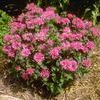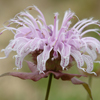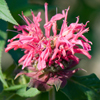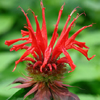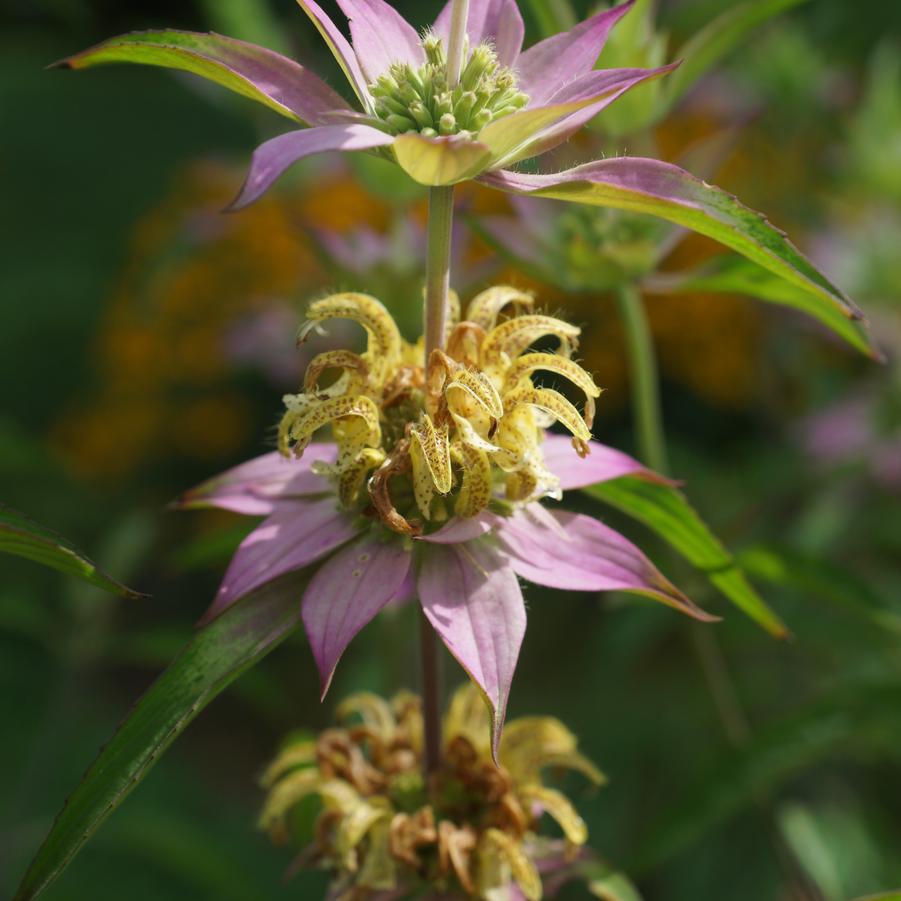
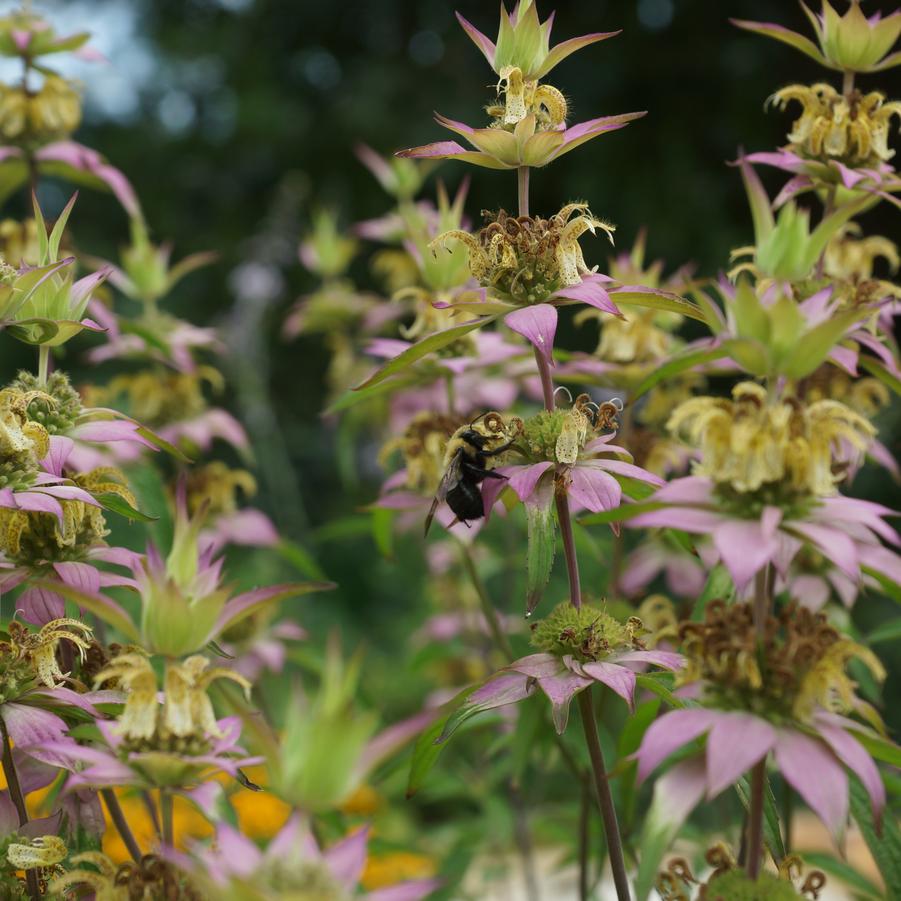
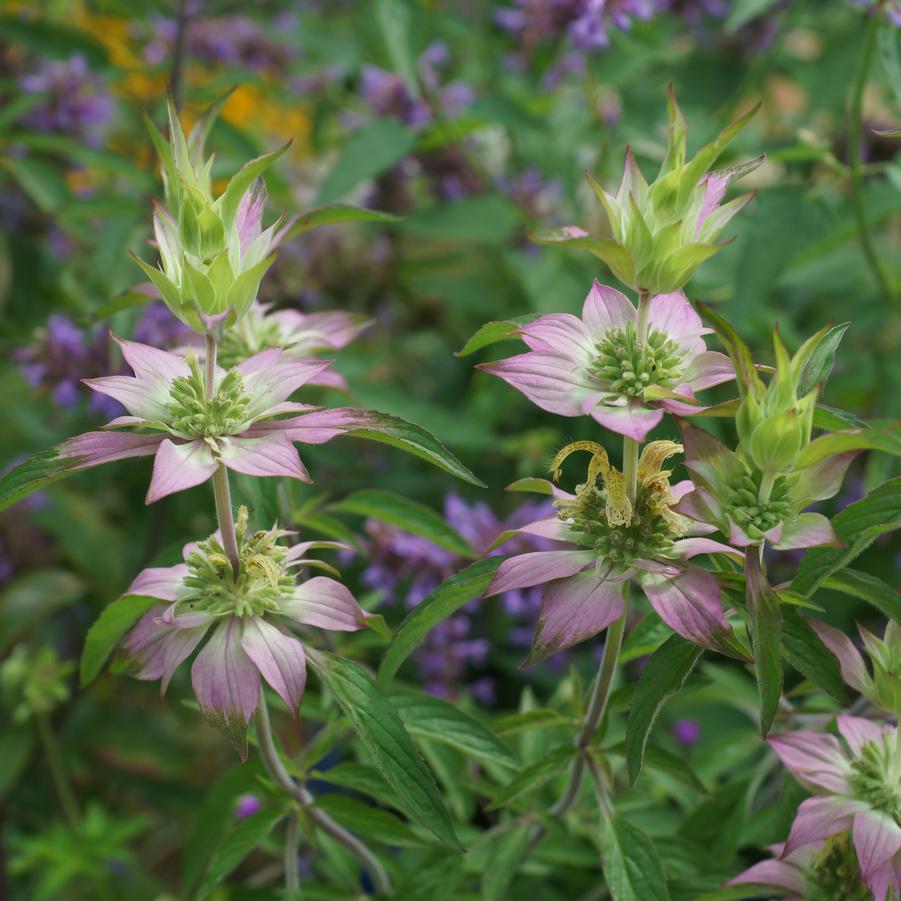



Plant Calculator
Enter the approximate length and width of the area you will be planting and click 'Calculate' to determine how many Monarda punctata you will need.
Correct and successful spacing is complex and depends on project conditions. We encourage you to call us at 877-ECO-PLUG for project specific recommendations and further assistance.
Monarda punctata
spotted beebalm (dotted horsemint)
- Category: Perennial, Native
- Hardiness Zone: 3-9
- Height: 24-30 Inches
- Spread: 12 Inches
- Spacing: 12 Inches
- Bloom Color: Pink, White
- Foliage Color: Silver
A valuable ecological species, Monarda punctata is the equivalent of a juice bar at the gym for nectar loving/needing insects! BONUS, it also resists all other kinds of mites that could impact the bees because it is incredibly high in thymol. If you are in the area where the endangered Karner Blue still resides, you will be helping restore them to safe status by planting a stand of Monarda punctata, as this is their food mothership.
Click here to download technical information for growers:
Wetland Indicator Status
| • | Obligate Upland (UPL) |
Plug Type
| • | Landscape Plug™ |
For Animals
| • | Pollinator-friendly |
Propagation Type
| • | Open pollinated |
Additional Information about Monarda punctata
Monarda punctata, or spotted beebalm, is a valuable ecological species by supporting nectar-loving insects and is a pollinator magnet. Spotted beebalm grows 2-3’ tall and 2’ wide and is in peak bloom in July but intermittently flowering through August. The plant has pink bracts and creamy white to yellow flowers with purple spots. Spotted beebalm naturally colonizes in a low stand with aromatic foliage that is reminiscent of oregano. If you are in an area where the endangered Karner Blue Butterfly resides, you can help restore them by planting a stand of Monarda punctata, as this plant provides nectar and, in conjunction with wild blue lupine, can help this endangered species.
Found from NE Canada to Florida and west to New Mexico, Monarda punctata performs best in dry to average, well-drained soils in full sun to part shade. There are isolated populations as far west as California. Spotted beebalm tolerates poor and sandy soils as well as some drought. It can usually be found in prairies, plains, meadows, pastures, and savannahs with a high concentration along the coastal plains.
In 2016, Monarda punctata was chosen as a ‘Plant of Interest’ during our seasonal tour voting and this plant has gained in popularity in recent years. It is excellent for meadows and naturalistic plantings with the unusual flowers and bracts attracting attention, by humans and insects alike. Monarda punctata is incredibly high in thymol which helps by resisting mites that impact bees. The plant was used in many different treatments by indigenous native tribes. Like other plants in the Monarda genus, this plant is deer-resistant but susceptible to powdery mildew. Out of all the Monarda trialed in Mt. Cuba Center’s Monarda trials, Monarda punctata showed the most resistance to powdery mildew and had some of the highest bloom coverage during peak bloom.
Growing & Maintenance Tips for Monarda punctata
Best in dry to average, well-drained soils in full sun to part shade. Tolerates somewhat poor or sandy soils and some drought. Ideal for meadows and other naturalistic plantings. Readily self-seeds to establish a population in open soils.

